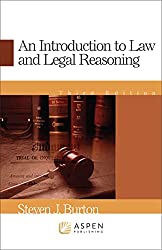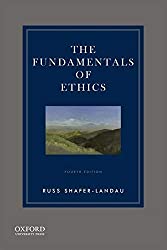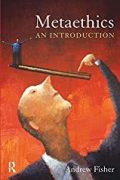
Rating: 8.1/10.
Book that describes at a high level how the law works, suitable for laymen or beginning law students. The purpose of legal system is to settle disputes that arise in a complex society in a fair and peaceful way. There are competing views on how deterministic are the judgments made by the legal system: legal formalism is the view that all legal decisions are made deterministically (so that two judges should always arrive at the same result, given the same facts); legal skepticism is the view that “anything goes” and legal decisions are arbitrary; reality is probably somewhere in between.
Many people think law is primarily the study of rules, but in reality, the study of law focuses on cases, not rules. Rules cannot handle the complexity of future scenarios that will arise, so instead we use analogical reasoning to decide a case by comparing it to similar decisions that were made in the past. An important goal of the court is consistency, so decisions from previous cases set authoritative precedents for future cases. However, each case is unique and the situation might be sufficiently different so that the previous precedent is no longer applicable. The judge decides whether the case “follows precedent” (similar to past case) or “distinguishes precedent” (ss different enough from the previous case that the ruling should be different).
Rules play a part in the law in deductive legal reasoning: using deductive logic to conclude something based on premises. Nevertheless, deductive reasoning still requires substantial amount of human judgment to decide whether the premise applies to the case or not. For example, in a law that requires both parties to “have the knowledge of merchants”, it is unclear whether an individual farmer meets the requirements. Analogical and deductive reasoning often combined together to argue a case, so depending on the situation, either form of reasoning may be used. To keep information manageable, precedents from a large number of cases are summarized into a “common law” that abstractly affects later rulings.
Beginning law students often assume the law is arbitrary because it doesn’t have nearly the same logical rigidity as scientific or mathematical laws. But this is not a fair comparison, because the purpose of laws are to prescribe behavior in a society, not predict natural phenomena. Partly a reason is that highly publicized cases are the most controversial ones, in which the decision could go either way. However, the majority of law is “legal convention” – uncontroversial cases that are generally agreed on by the legal community. The predictability of the court system provided by legal conventions allow clients to behave in a manner that does not violate the law, and for lawyers to predict how the court will decide a case, advising the client to settle out of court if necessary, so the cases that end up in court are the most tricky legal matters. Judges only have authority over these tricky areas and must stick to the law everywhere else (e.g., they cannot decide a case based on their personal, religious, or political beliefs).
Rulings need to consider not only the written law, but the purpose of the law, since every ruling serves as a precedent for future cases. The judge needs to decide whether the implications of the ruling will be good or bad for society. For example, in a case where a fraudster obtains an item through fraud and sells it to honest buyer, there is reasonable justification for returning the item to the original owner. But given that the buyer had no way of knowing about the fraud, this ruling would be bad for society since it discourages trade.
The harder cases are when there are multiple competing legal justifications to support opposite outcomes. Then the choice depends on how best to change the law to accommodate a decision while remaining consistent with itself (in other words, maintaining a consistent “web of beliefs”) so that two similar cases are never treated differently. Many cases come to an agreement this way, but the hardest cases are when the legal community does not agree on how best to change the law and the legal “web of beliefs”, for example, Roe v. Wade on abortion. In these hard cases the low gives no clear answer and nonlegal reasons are sometimes involved.
In a typical case, a lawyer receives a request from a client that he is wronged in some way. The job of the lawyer is to take a description of facts from a client, ask the relevant questions and formulate our legal argument with the knowledge of laws and precedent cases. From this information, he can predict what the court will do and advise the client on how to proceed (whether to go to court or settle), and if necessary, present a coherent legal argument in court. The job of the judge is to decide the outcome of specific cases that lawyers bring to him, evaluating which side’s legal argument is more coherent.
The last chapter considers how legitimate is the outcome of trials, given that lawyers and judges are not democratically elected? Undoubtedly, some rulings will make people upset, but you should still follow laws that you disagree with, because a lawful society has many advantages; if everyone chose which laws they followed, the result would be anarchy. As long as the system treats all people fairly and no group is systematically oppressed, a legal system may be considered legitimate.



